Can one blame anyone for the emergence of the COVID-19 pandemic that started in December 2019? Several accusations have been made, often following a particular political stance. While authorities in China were blamed for initial COVID-19 secrecy with good reason (Kelly 2020), unfounded suggestions were already being made in January 2020, by the conservative US politician Tom Cotton (R), that this virus had escaped from a laboratory in Wuhan province (Stevenson 2020). Soon the Trump administration vented a similar suspicion (Mason 2020; Brewster 2020). However, scientists contradicted such accusations and pointed to evidence that COVID-19 — like other coronaviruses — had their origin in bats or other animals (Morens et al. 2020; Ciotta et al. 2020).
This author will leave it to expert scholars to address this side of the catastrophe. He has family and friends in the age group (over 65 years of age) that is vulnerable for severe morbidity or death after infection (Ciotta et al. 2019). In the Netherlands, where he lives, there is experience of a relative lockdown: early in March 2020 people were advised to stay and work at home. Essential professions (health care, police, workers in infrastructure) were excluded, but there was no formal restriction on the time or distance that one could move away from home. Despite this lack of formal constraint for most citizens, from mid-March homes for the elderly became like prisons, with seniors caught within walls, while family and friends were not allowed to visit (Government of the Netherlands 2020). For all those, and for other people considered vulnerable, there rose feelings of both fragility and restraint. Protective measures and structures were seen as feeble. The fact that despite restrictions, many homes for the elderly became hotspots of infection, with people unable to leave, fuelled feelings of unease or even despair. Conversations by email or telephone with contacts in his country and abroad (e.g. Italy, Germany, the UK, Russia, the US) strengthened the author in his perception that people in all those areas, affected by the pandemic, shared feelings of being both under threat and pushed into loneliness (see Gupta 2020).
The catastrophe that struck both nearby and distant societies stirred the author to formulate words and phrases, and select images. These included photos of the woods near his home, as well as artworks that seemed to fit the occasion. A composition appeared that translates the author’s experiences from February to August 2020, offering his own feelings and views, and those of his contacts, on the COVID-19 pandemic and its social consequences.
The uncertainty of fate, the constant yet variable presence of a death threat produced by a minuscule viral particle, and the denial due to arrogance or ignorance by so-called leaders as well as their followers (Colarossi 2020), magnify the impact of the COVID-19 pandemic for those of us who feel themselves potential targets, as well as those who think they could dodge the bullet. The weight of the pandemic as a threat to personal health, and its potential function as a transmitter of infection, are keenly felt.
Not every day
The disaster came to our civilised / dwellings, lightfooted, / full of understanding, with / gold-filled teeth and great appetite.
Our people, properly educated, / were without prejudice / and laid the tables with food, / spices and drinks.
Before a shared meal / they stood in rows / for the photo ceremony.
The photo still hangs on the wall / with the only survivors / being me and Susan, / the girl adopted by the neighbours / two houses down the road.

Death is a friend
Walking in the bush / abound by mosquitos and ticks / the stillness is accentuated / by the song of birds and / lack of signs of human action.
Death is a friend of / ancient forests, / just because death is silent / in passing, / and later / in waiting for our arrival.
Ancient forests / host death and / protect its essence.
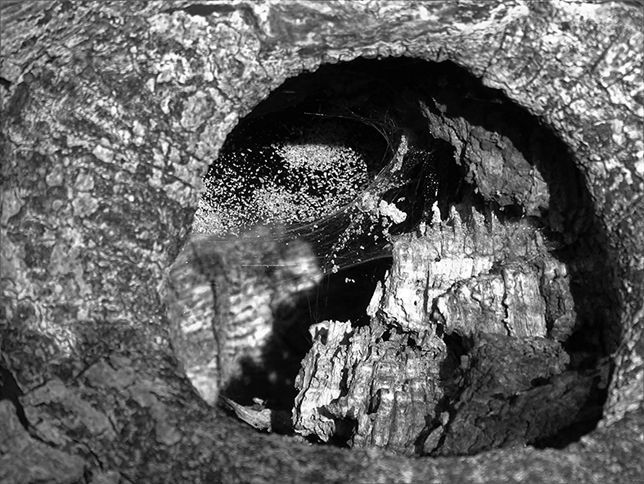
Righteous
All around / there are people with opinions, / people with outspoken opinions, / and silent men and women.
(Some prefer not to be / labelled according to sex.)
Opinions about onions / rarely stir emotions, / those about wine more often.
(Opinions about opinions / are most dangerous.)
See the body talk, / look at the feet, the hands, / the direction of the eyes, / and wait for a few seconds / before you get involved.
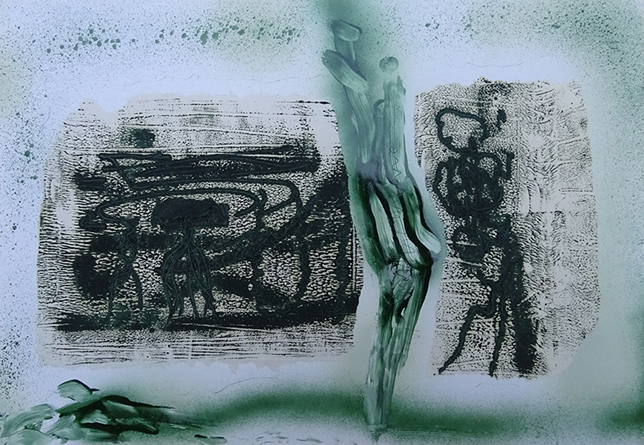
No way
What I say, is / ‘do not look / my way, and / stay there!
You are just trying / to grab my views, / my thoughts, / my being.
You are a parasite / aiming to infect me / with your nasty pith’

Moon-light
From where I stand, / for certain, not only this moon / but all other moons / are flat.
Standing on the edge and looking down,
vertigo,
anger,
fright
and joy.
Joy, since this whole condition / must be a joke / that everyone believes / but me, standing
on the edge, razor-sharp / cutting my toes, / trying to get a hold.
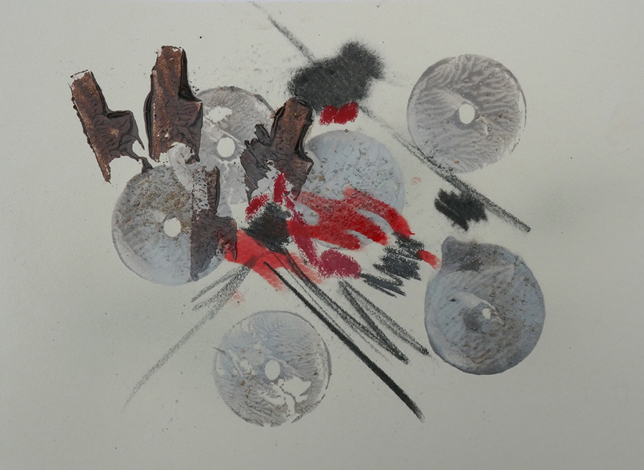
Miraculous
No wonder that / miracles happen / at certain times

Early morning
the ants swarm over a piece of bread, / their aim is clear, / existence as sole interest.
philosophy is left to those / able to shoot / the essence to peace.
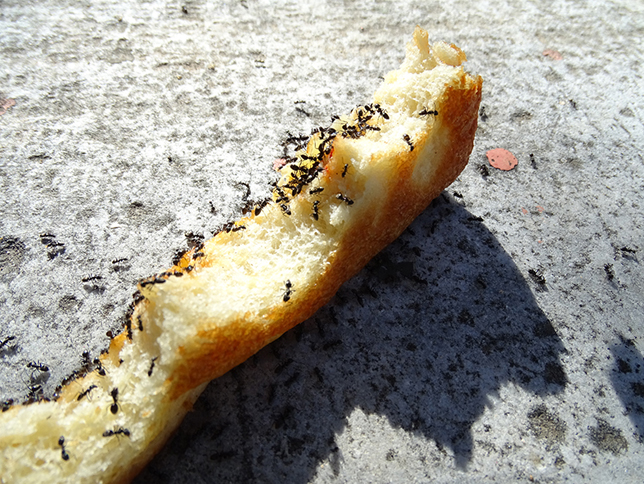
Unaware (the fall)
Basic terms / (explain) / the fall as junction / between earth and / above
Swift and silent / grades / of an approach / unwanted but /inevitable,
once steps were / made from / one position / to another / without thinking / ahead.
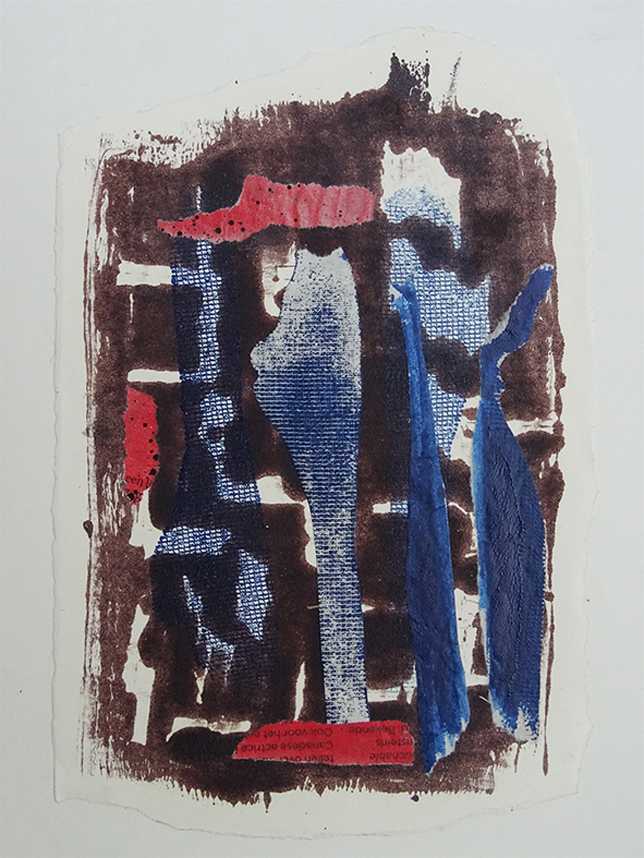
Stance (Elsewhere)
‘A block of wood /can be made to see / and speak / with just four carvings’
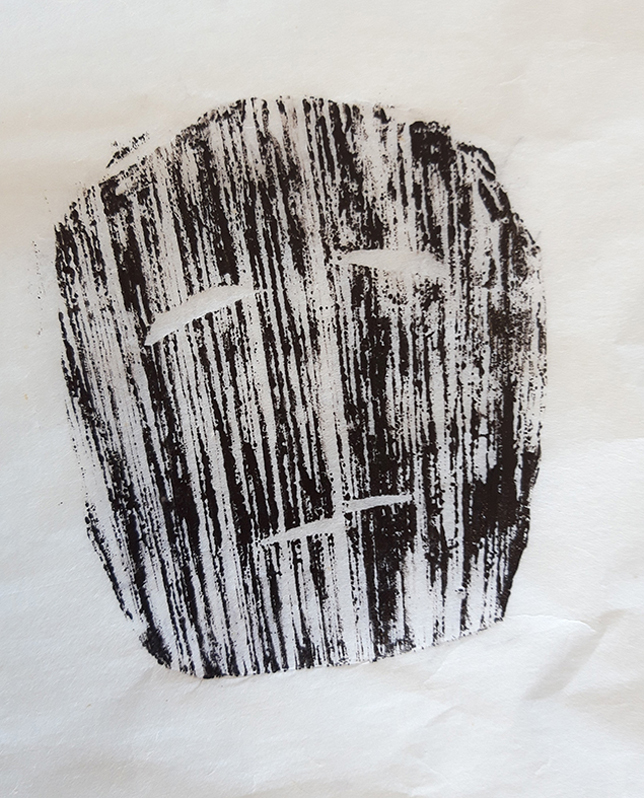
Acknowledgments:
The author thanks Robert van der Kroft and Jaap Joles for valuable help with English grammar.
Text and photos/artworks by Drager Meurtant
Brewster, J 2020 ‘A timeline of the COVID-19 Wuhan lab origin theory’, Forbes (updated 24 May), https://www.forbes.com/sites/jackbrewster/2020/05/10/a-timeline-of-the-covid-19-wuhan-lab-origin-theory/#4df635c05aba (accessed 11 September 2020)
Ciotta M, S Angeletti, M Minieri et al. 2019 ‘COVID-19 outbreak: An overview’, Chemotherapy 64. 5—6: 215—23. DOI: 10.1159/000507423
Colarossi, N 2020 ‘8 times world leaders downplayed the coronavirus and put their countries at greater risk for infection’, Business Insider (11 April), https://www.businessinsider.nl/times-world-leaders-downplayed-the-coronavirus-threat-2020-4?international=true&r=US (accessed 11 September 2020)
Government of the Netherlands 2020 ‘Coronavirus puts stop to visits to nursing homes’ (19 March), https://www.government.nl/latest/news/2020/03/19/coronavirus-puts-stop-to-visits-to-nursing-homes (accessed 11 September 2020)
Gupta, S 2020 ‘Social distancing comes with psychological fallout’, Science News (29 March), https://www.sciencenews.org/article/coronavirus-covid-19-social-distancing-psychological-fallout (accessed 11 September 2020)
Kelly, E 2020 ‘China was slammed for initial COVID-19 secrecy, but its scientists led the way in tackling the virus’, Science Business Network (7 April), https://sciencebusiness.net/covid-19/international-news/china-was-slammed-initial-covid-19-secrecy-its-scientists-led-way (accessed 11 September 2020)
Mason, J 2020 ‘Trump confident that coronavirus may have originated in Chinese lab’, Reuters World News (1 May), https://www.reuters.com/article/us-health-coronavirus-trump-china/trump-confident-that-coronavirus-may-have-originated-in-chinese-lab-idUSKBN22C3TB (accessed 11 September 2020)
Morens, DM, P Daszak, and JK Taubenberger 2020 ‘Escaping Pandora’s Box — Another novel coronavirus’, New England Journal of Medicine 382: 1293—295. DOI: 10.1056/NEJMp2002106
Stevenson, A 2020 ‘Senator Tom Cotton repeats fringe theory of coronavirus origins’, New York Times (17 February; updated 18 February 18), https://www.nytimes.com/2020/02/17/business/media/coronavirus-tom-cotton-china.html (accessed 11 September 2020)